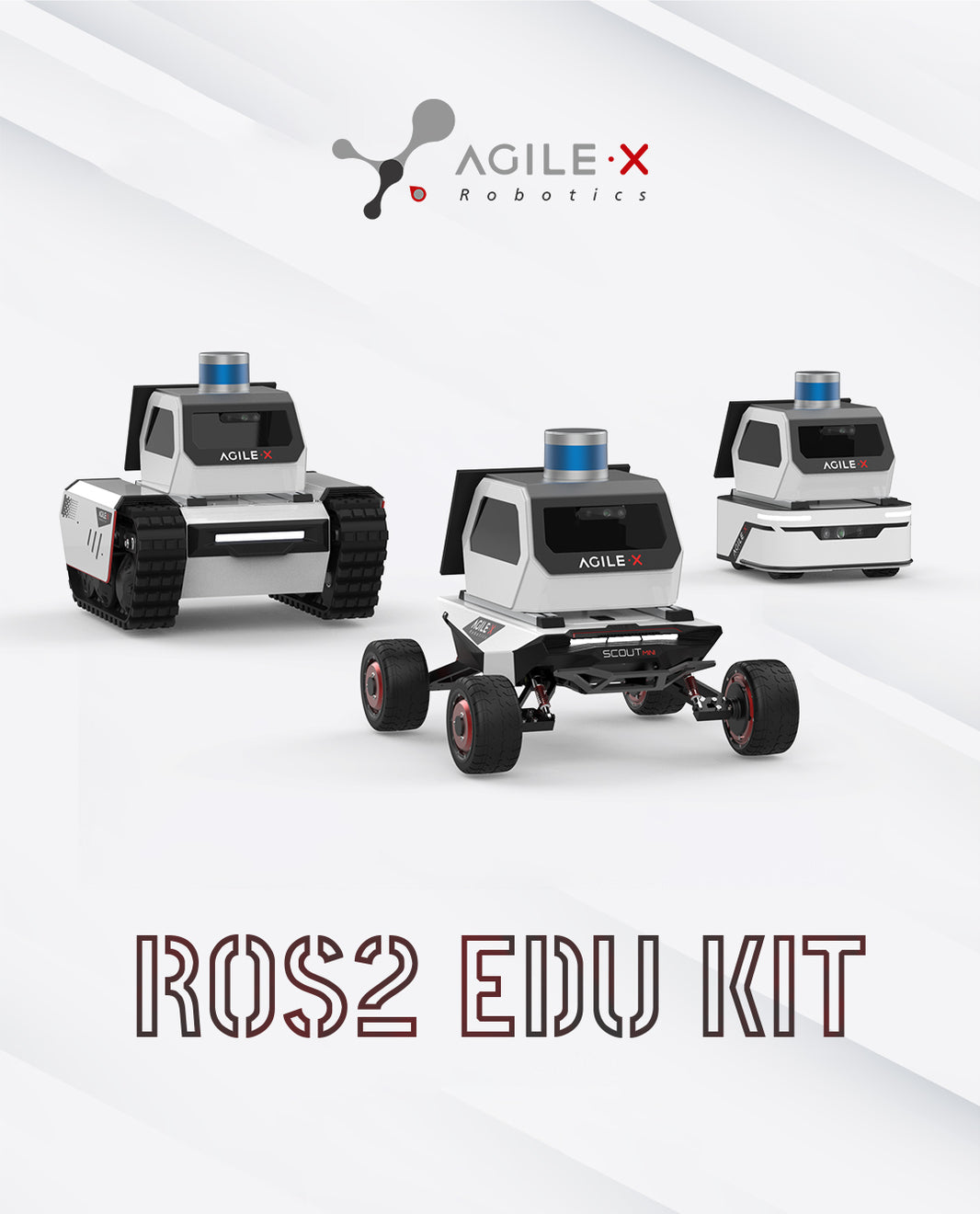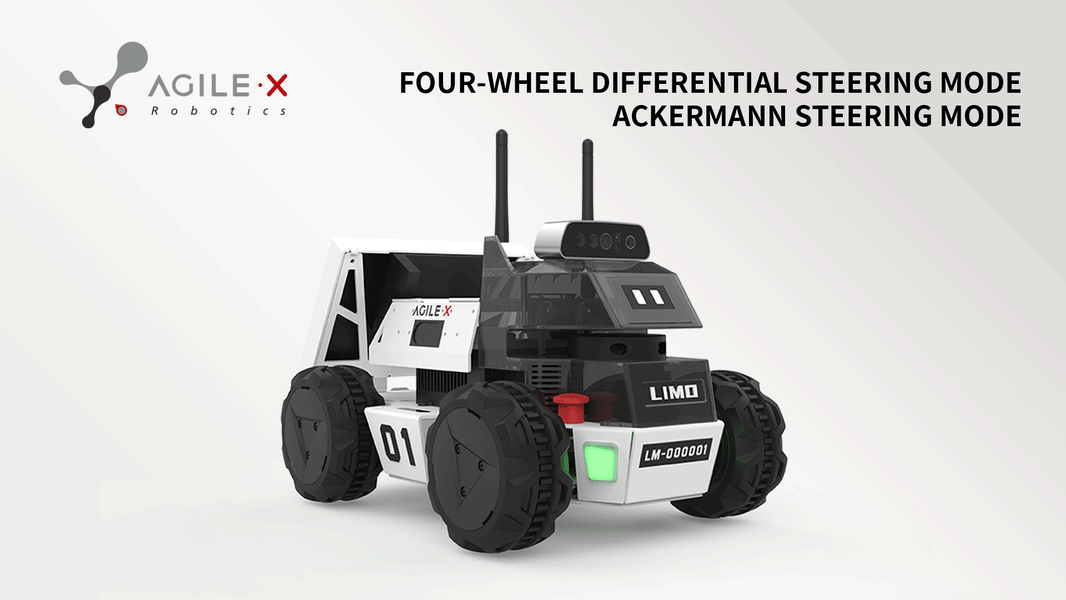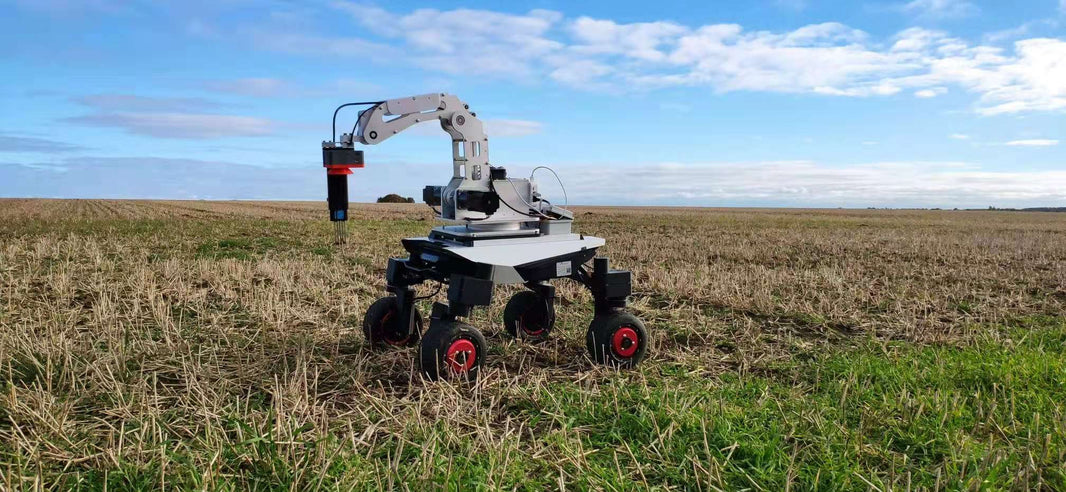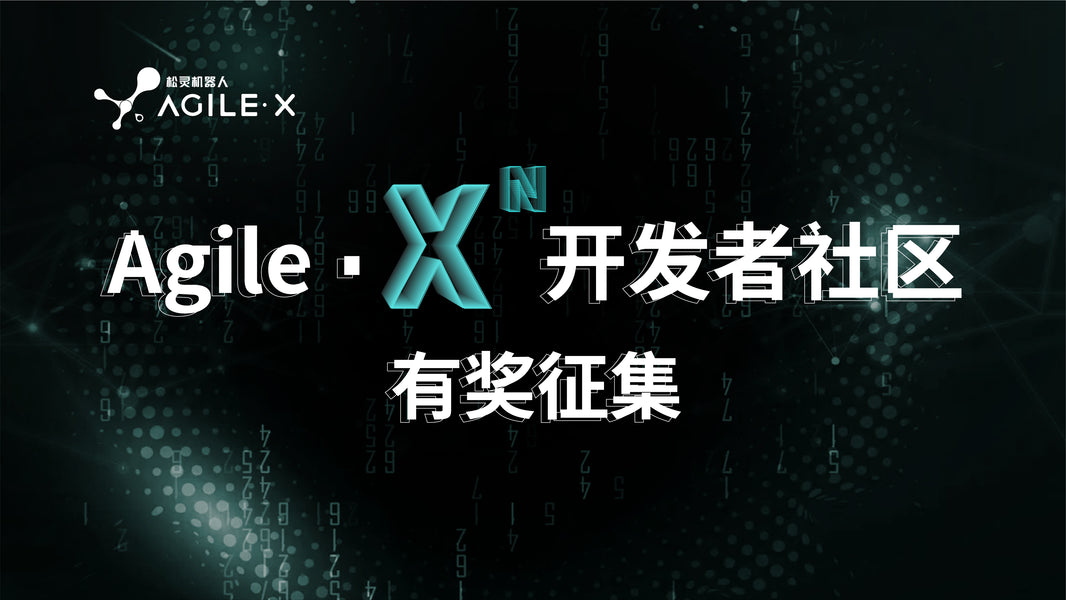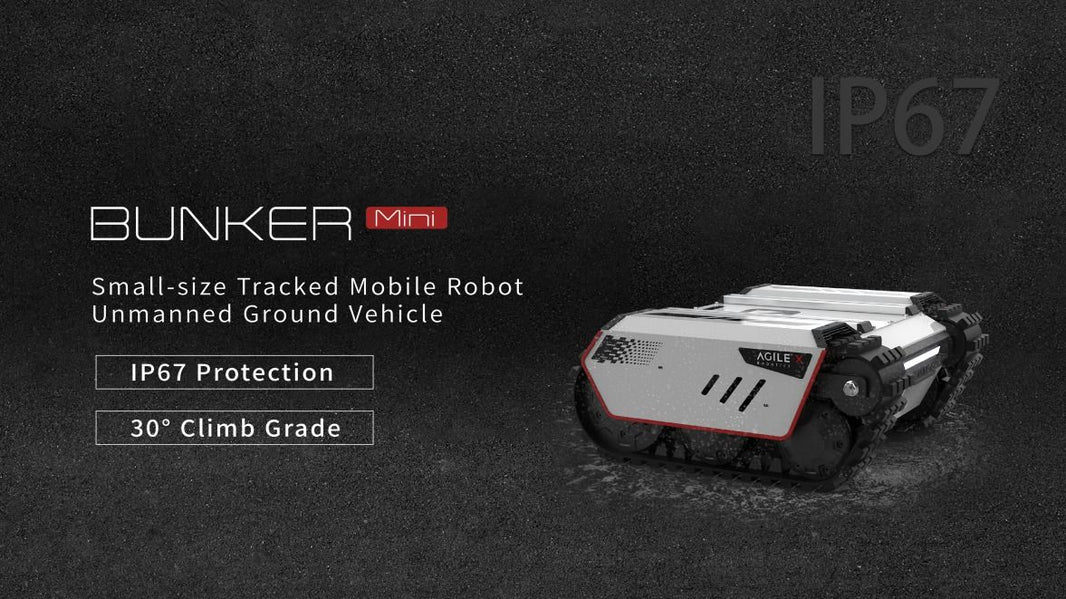The 2021 Shanghai Auto Show is in full swing, and ‘’Automatic Driving’’ has undoubtedly become the hottest topic of this auto show. Previously, the focus of autonomous driving was on new forces in car-making. Nowadays, leading technology companies are vying to "drive into" the smart car, marking that the automotive electronics industry will usher in a big opportunity.

However, the speed of talent in universities is far behind the speed of market development in the unmanned driving field. How to adopt to the rapid development of intelligent unmanned driving technology, while cultivating more technical talents in line with industry has become an urgent issue.
The Zhang Xudong team of Beijing Institute of Technology is actively exploring the school-enterprise cooperation model while integrating its own unmanned vehicle control technology. And based on the AgileX Robotics wire-controlled mobile chassis creative the “Based on ROS unmanned mobile platform software development practice” course.

“Based on ROS unmanned mobile platform software development practice” course aims to help students to further master platform software development capabilities and the application of perception and position, path planing and decision making, and chassis control based on the theoretical knowledge of unmanned mobile platform development.

The course is half a year since the Unmanned Platform and Power Academic Innovation Base of Beijing Institute of Technology and AgileX Robotics have jointly established the “Ground Unmanned Vehicle Intelligent Perception and Control Laboratory”, the results of innovative cooperation between the two parties in the fields of mobile robots, unmanned driving, artificial intelligence and other fields. Click to read the contents of the co-construction laboratory.

There are three main parts to realize unmanned driving: perception, decision making and implement. execution
Perception and position:
Unmanned driving perception includes environment perception and state perception. Vehicles need to know the location and distance of surrounding objects, as well as their own speed and posture.
The laboratory will provide students with Lidar and vision sensors to perceive the environment. In combination with the development of perception and positioning technology, the teacher will also explain and demonstrate the principles and applications of various perception modules for students, so as to combine theoretical teaching and practical teaching to make it easier for students to master.
In addition, the laboratory also provide radar point cloud packets for students to conduct simulate experiment. Through offline simulation and analysis of data packets, students can quickly master the analysis and processing methods of radar point cloud, including the reception of Lidar point clouds, the use of SLAM positioning mapping and visual odometry (as shown in the figure below).


Path planning and decision making:
Path planning and decision making determine the IQ of the unmanned vehicle, the sensor collects the information and upload to “unmanned brain”, which is converted into a control signal by the computing unit, and finally realizes intelligent driving.
The laboratory adopts the current mainstream path planning algorithm, such as A*, RRT, Artificial Potential Field Method, etc., and conducts path planning experiments on the ROS platform. To teach students to choose and establish corresponding path planning methods according to different environments and different maps.

Motion control:
In automatic driving, data transmission speed is extremely important, so higher requirements are put forward on wire control technology. Unmanned vehicles generally use electric vehicles as the wire control platform. Compared with the engine, the motor structure of unmanned vehicles is simple, and the underlying control algorithm is not too complicated. However, the wire control modification of electric vehicles is also a big problem for college students. Braking, steering, and throttle are the three most important parts of the wire control modification, and the wire control is the most difficult part. If there is a mobile robot platform with a car-like structure, rapid secondary development capabilities, simple maintenance and low cost, it is undoubtedly a great help for the study of the unmanned mobile platform development course.
The laboratory provides students with AgileX’s mobile robot platforms such as all-round robot chassis, tacked robot chassis, and Ackerman steering robot chassis. Students need to construct different motion control tragedy according the kinematics model of different vehicles, learn the method of motion control of chassis, and finally complete and realize the function of path following, following control and obstacle avoidance according to algorithms such as tracking, PID, Stanley.

The ROS development protocol for AgileX Robotics chassis is simple and easy to control. It enables our ideas to convert into code and implement on the vehicle, there will be no problems during the testing process. AgileX Robotics technicians can also provide timely help when problems occur and provide us with a lot of convenience for project testing and learning". Student Yin Xin from the School of Vehicle Engineering said.


